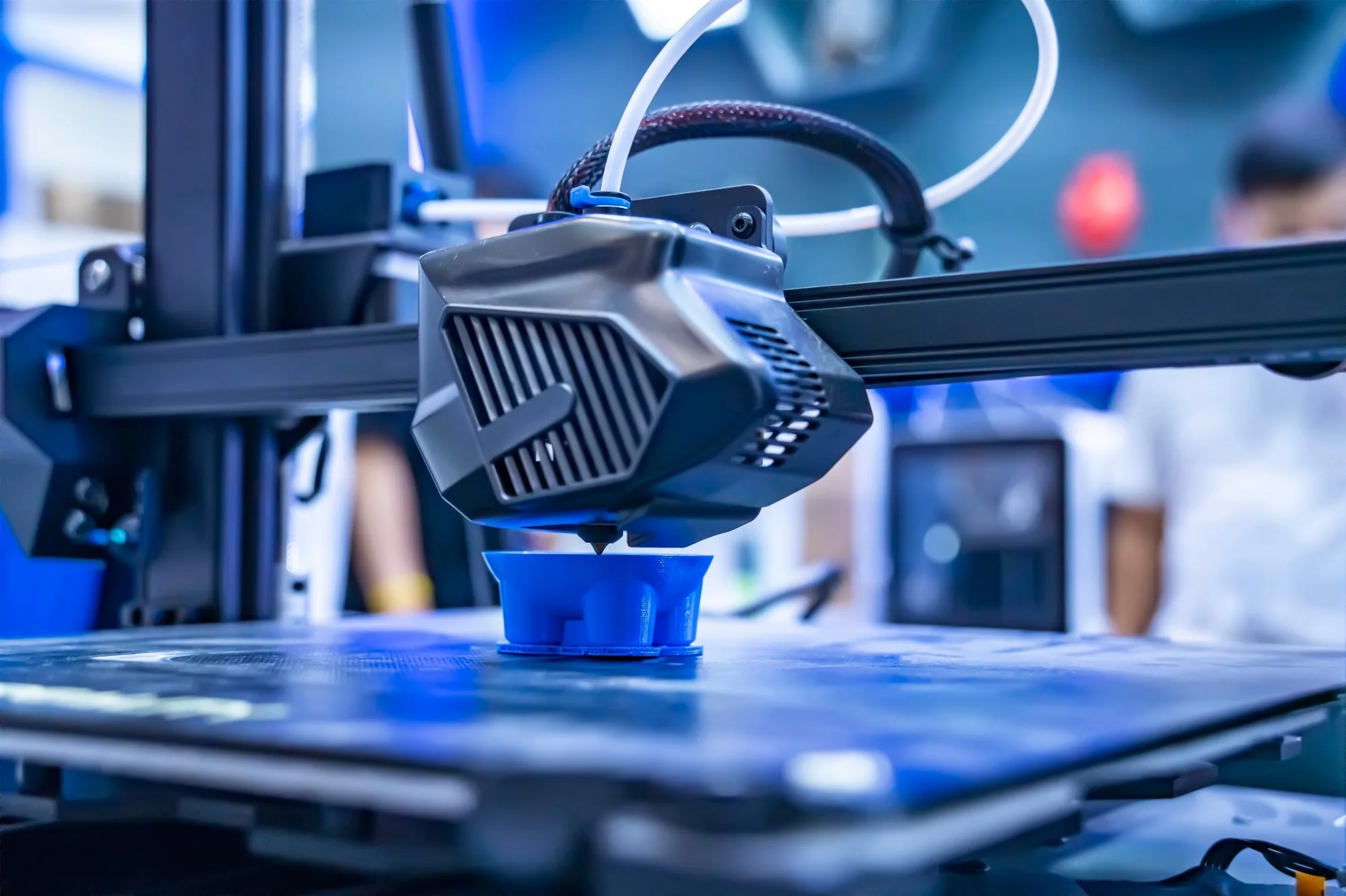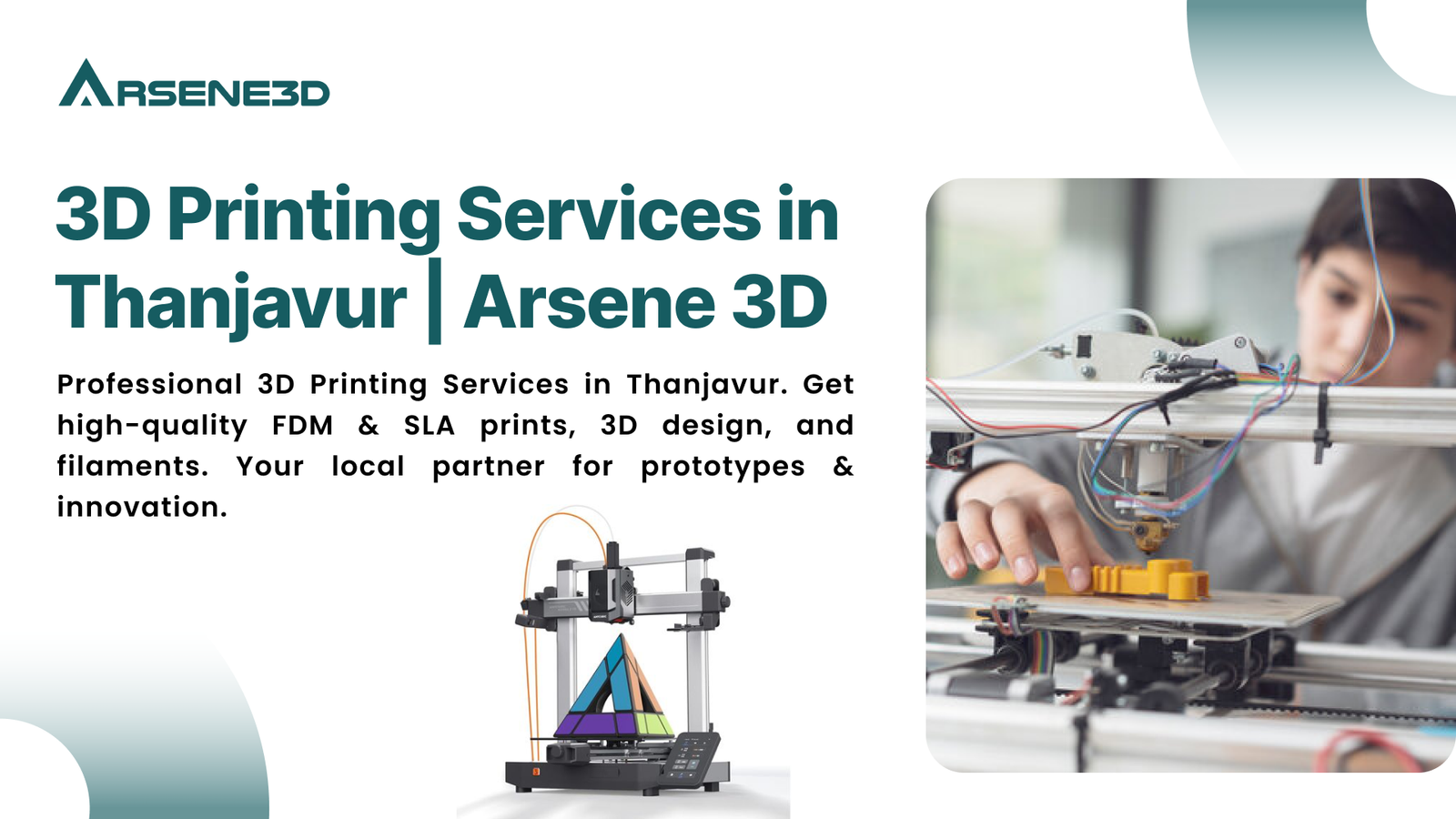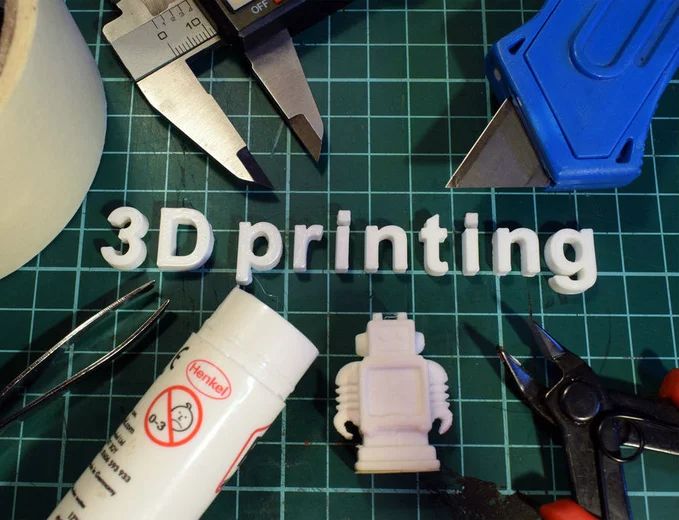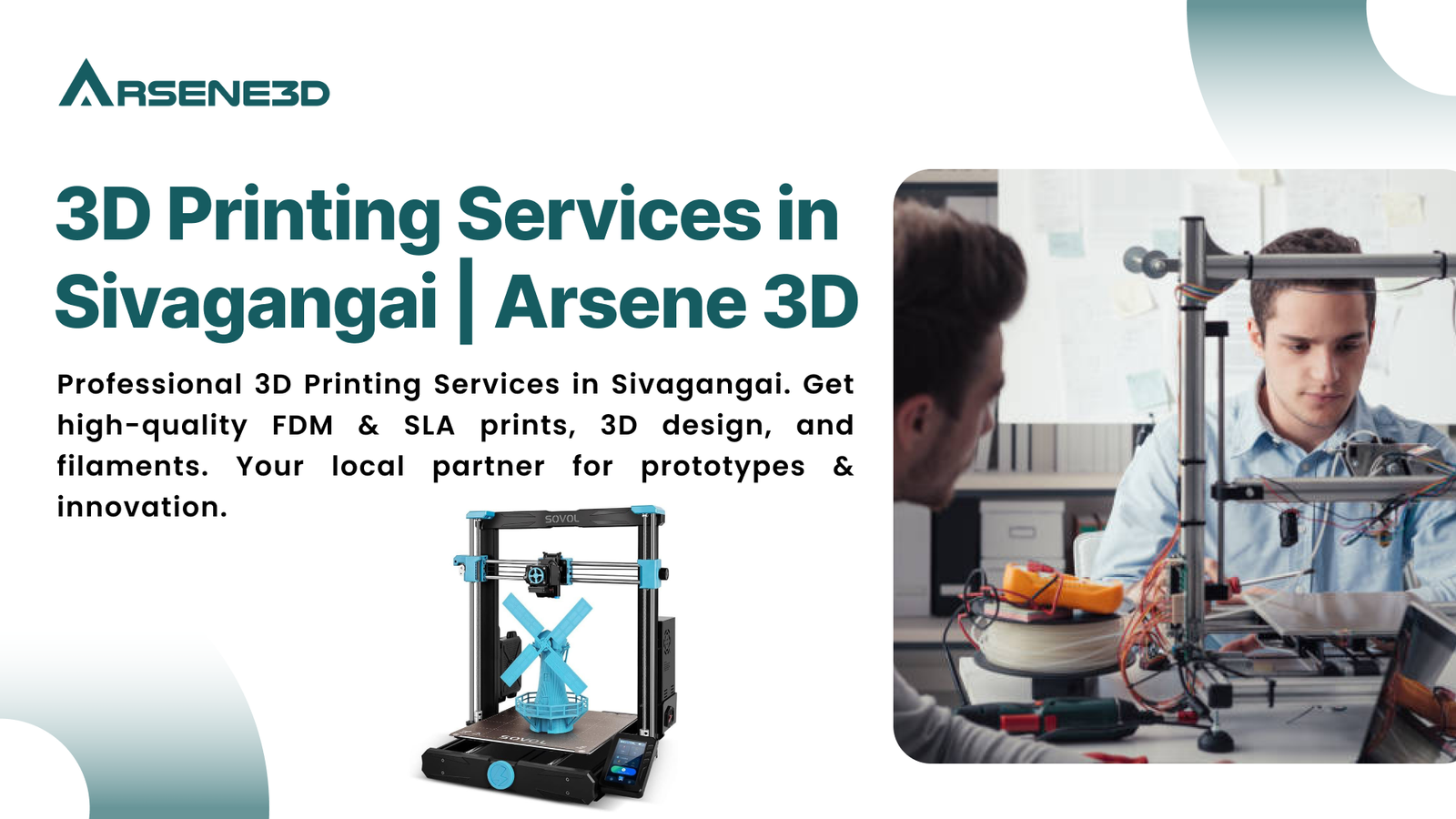Additive Manufacturing: Definition and Applications
Additive manufacturing, often called 3D printing, is a process of creating objects layer by layer directly from a digital model. Unlike traditional subtractive methods, additive manufacturing builds the product using materials such as plastics, resins, or metals, offering precision, speed, and flexibility.
Definition of Additive Manufacturing
The additive manufacturing definition refers to the process of producing three-dimensional objects from computer-generated designs using 3D printing machines. Each layer is added sequentially, which allows complex geometries that are difficult or impossible with conventional manufacturing methods.
Applications of Additive Manufacturing
The applications of additive manufacturing are vast and span multiple industries. It is not just for prototypes; many companies now use 3D printing for end-use parts, tooling, and even mass customization.
- Automotive Industry: Creating lightweight components, custom parts, and prototypes.
- Aerospace Industry: Producing complex engine parts, brackets, and lightweight structures.
- Healthcare: Designing surgical tools, implants, and dental devices using 3D printing software.
- Education and Research: Students and researchers use 3D printers to experiment with designs and models.
- Consumer Products: Customized footwear, fashion accessories, and electronics components.
Industries Using 3D Printing
Various industries using 3D printing are rapidly adopting additive manufacturing for faster production, reduced costs, and enhanced innovation. From 3D printing in Chennai to global manufacturing hubs, businesses are integrating 3D printing into their workflows.
Some key industries include:
- Aerospace & Defense
- Automotive & Transportation
- Medical & Dental
- Consumer Goods
- Architecture & Construction
Advantages of Additive Manufacturing
Using 3D printing machines and 3D printing technology provides several advantages:
- Ability to create complex and customized designs
- Reduced material waste compared to traditional methods
- Faster prototyping and production cycles
- Cost-effective for small batch production
- Access to online printing services and 3D print online platforms
Conclusion
The potential of additive manufacturing extends across numerous sectors, from industrial applications to personalized consumer products. Understanding the additive manufacturing definition and exploring its applications helps businesses and individuals leverage the power of 3D printing services and stay ahead in innovation.
📌 Related: Types of 3D Printing Technologies
📌 Explore: 3D Printing Basics: A Complete Guide











